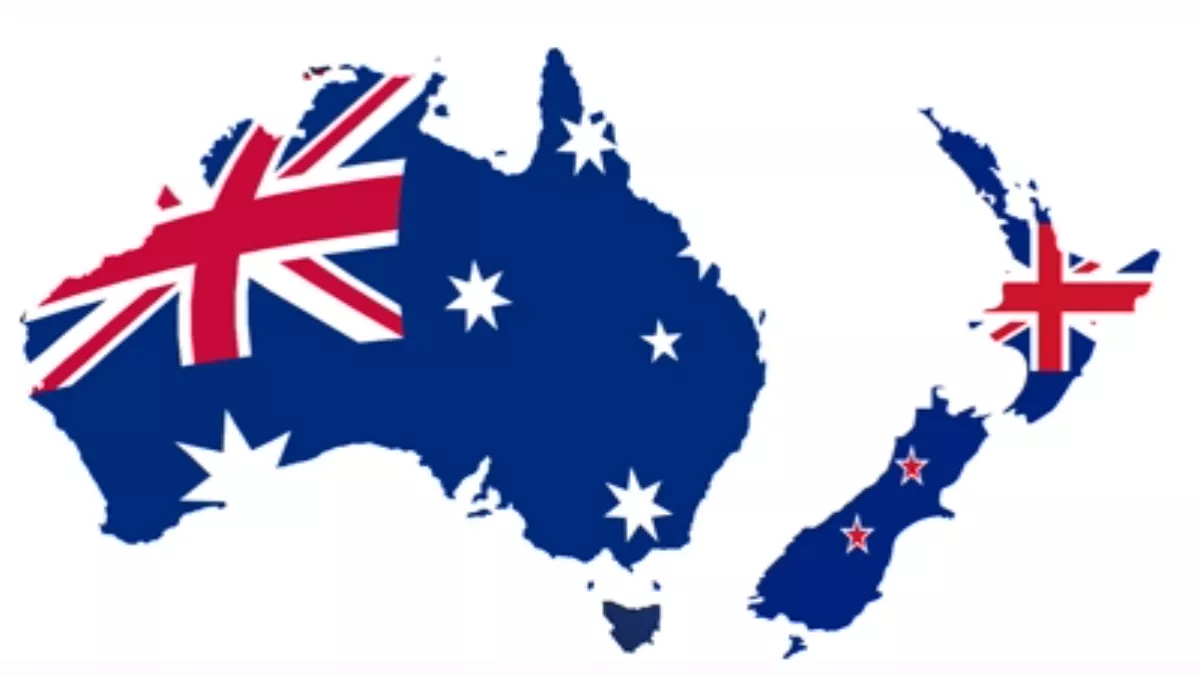
Tale of two Ministers - Conroy and Joyce
They’re both in charge of billion-dollar broadband builds which, if they can pull them off, will turn their countries into broadband leaders.
Australian Minister for Broadband, Communications and the Digital Economy Stephen Conroy and ICT Minister Steven Joyce are at the KANZ (Korea, Australia, New Zealand) conference hosted by NZ Trade and Enterprise. Telecommunications Review caught up with both Ministers separately to find out what, if anything, they can learn from each other.
The same, but different
While both aim to provide fibre broadband to the majority of the population there are some distinct differences, not least of which is the cost - Australia’s build is estimated at $43 billion, the government here has pledged $1.5 billion.
Minister Conroy says although both governments have the same end-goal, they have different paths to get there: “We’ve all got the same objectives but we’ve got different starting points and so our plan doesn’t necessarily have to be replicated here.”
Minister Joyce: “We’re in parallel tracks, we’re both taking a slightly different approach - they’re seeing there’s as very much a single national network, we’re seeing ours as very much providing what needs to be done to get fibre-to-the-home (FTTH).”
The incumbents - Telstra and Telecom
Getting the incumbent on board with the fibre rollout is possibly the hardest challenge facing both men.
Minister Conroy is taking a hardline approach: “We’re offering a choice to Telstra. A choice about whether they want to stay in the copper past and stay in the existing spectrum, or move to a fibre future with a release of spectrum that’s coming through the digital handover in the next few years.”
He tempers these comments by saying that the new Telstra regime headed by Chair Catherine Livingstone and CEO David Thodey are forward-looking: “They believe that we can achieve the ultimate win-win between Telstra shareholders and the Australian community in a wider context.”
Minister Joyce has a more conciliatory approach to the incumbent here, “I think we have a good relationship” he told TR.
Separation
In legislation currently before the Australian parliament, Telstra would need to structurally separate if it wants to participate in the fibre roll-out. Minister Conroy is meeting Telecom’s Chief Executive during his stay in Auckland to discuss the company’ experience of operational separation: “I’ve met Paul Reynolds in Australia recently and I’m catching up with him today or tomorrow just to talk about that so we can learn from each other about making sure that we get this right.”
Minister Joyce says Telecom doesn’t need to structurally separate in order to participate in NZ’s rollout, they’d just have to accept a minority shareholding in a Local Fibre Co. He says the company could provide last mile services or fibre backhaul to that LFC: “They could invest in an LFC alongside their current operations and they would be incentivised to move over to LFC over time but I see no difficulty in doing it without (having to) structurally separate, provided they don’t have a majority control of board of the LFC.”
Joyce is relaxed about whether Telecom would compete head-on with the government: “If Telecom rolls out a FTTH in this country I’d be very happy to pack up and go home.”
The need for speed
Neither Minister waivers when talking about the need for fibre based broadband. TR asked Minister Joyce to comment on the recent Motu report (see articles here and here) which found there was no discernible difference in moving from slow to fast broadband. He dismissed its findings.
“I think with all these situations, as we look forward it gets harder to measure this stuff and I’m convinced that we’re going to see a Moore’s Law increase in the requirements for bandwidth in the next years. If I had any reservations 12 months ago, I don’t have them now.”
Stephen/Steven
Minister Conroy points out that he and Minister Joyce, as well as the British telco Minister Lord Carter, have the same first name. “Apparently there’s a UN resolution that says all telco minister’s must be called Stephen (or is that Steven?)” he joked.
But one man that doesn’t share that name is Chairman of the Korean Communications Commission Choi See-Joong, who also gave an opening address at KANZ.
And it is to Korea that both countries will look. It's a world leader in fast broadband with 13.8 million FTTH lines.
TR spoke to Ming-Ho Song and Shin Lee from CJ Hello Vision one of the Korean companies exhibiting at KANZ. It is the second largest provider of fibre broadband in the country. The company has 2.5 million TV subscribers, 600,000 broadband subscribers and 200,000 broadband subscribers. They currently provide their customers with speeds of 300Mbps, in 2010 this will be upgraded to 600Mbps and in 2011 a whopping 10Gbps.

